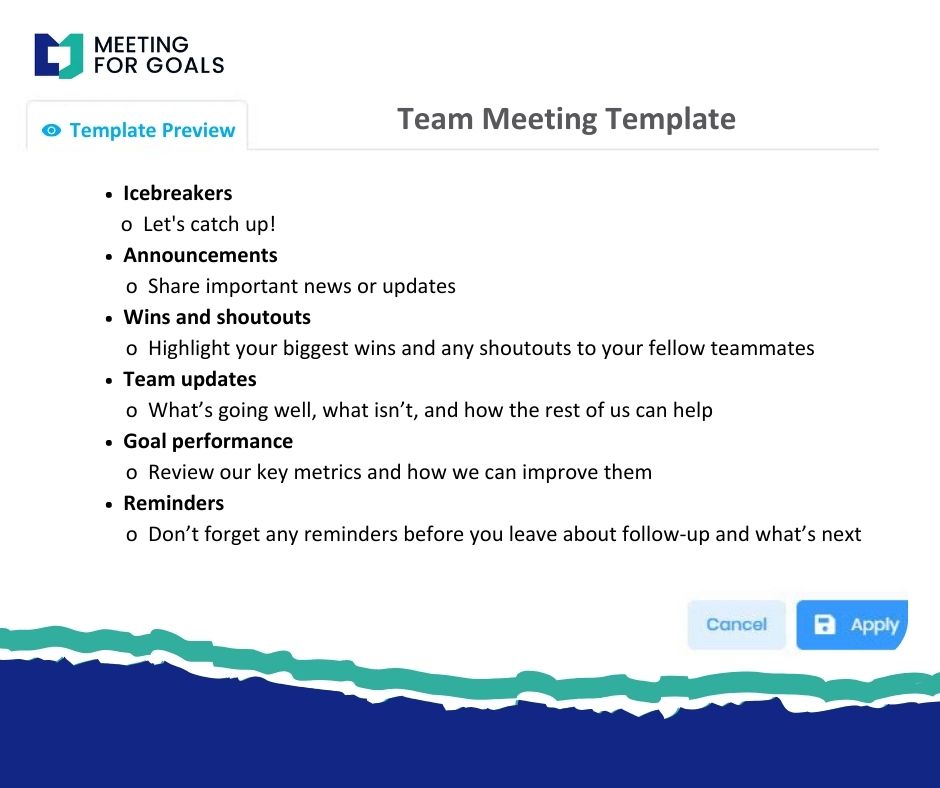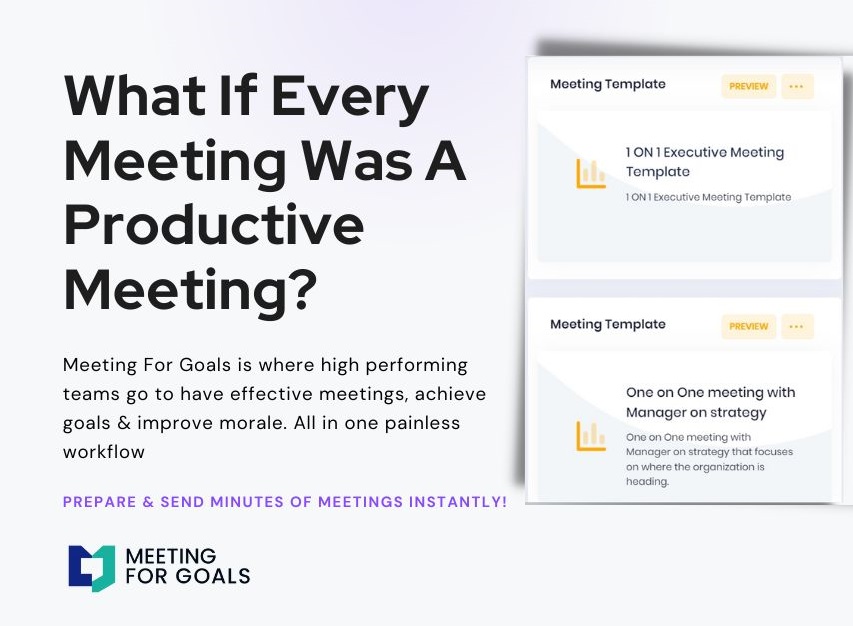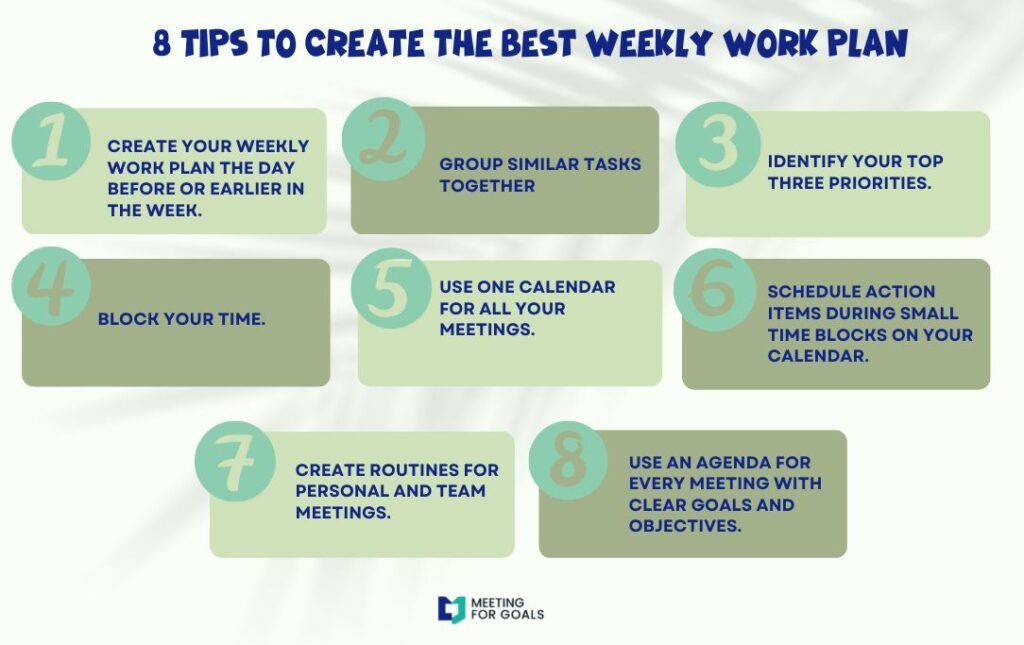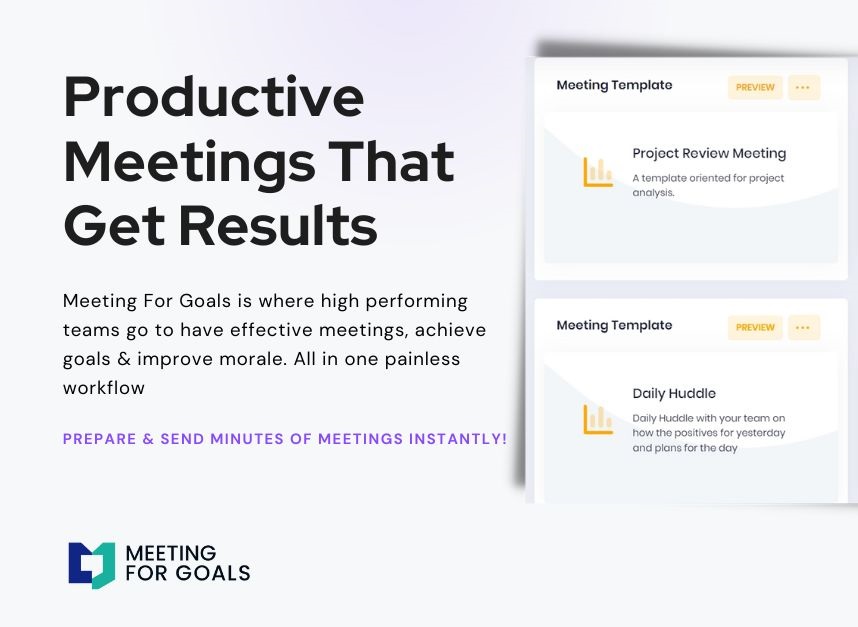How to Introduce Yourself to a New Team in a Meeting: A Guide for High-Performing Teams
First impressions matter — especially when you’re stepping into a new team. Whether you’re a newly hired executive or transitioning into a leadership role, how you introduce yourself in that first team meeting can set the tone for collaboration, productivity, and morale. In this comprehensive guide, we’ll walk you through how to introduce yourself to a new team in a meeting in a way that aligns with your company’s goals and fosters meaningful connections. Designed for high-level executives and team leaders, this article is packed with actionable insights, communication strategies, and leadership tips — all aligned with the Meeting For Goals philosophy of running productive, goal-oriented meetings.
I. Introduction
In today’s fast-paced business world, team dynamics can shift quickly. Whether you’re joining a new team as a senior leader or stepping into a promoted role, your first meeting is a golden opportunity to make a strong impression.
At Meeting For Goals, we believe every meeting should be intentional and aligned with your company’s vision. That starts with your introduction. It’s more than just saying your name and title — it’s about establishing trust, showing leadership, and setting the tone for open communication.
If you’re part of a growing company with 40–70 team members, this moment is even more critical. These mid-sized teams rely on clear direction and collaborative energy. A well-executed introduction can help reduce uncertainty, boost morale, and drive alignment from day one.
Before diving into the how-to, consider exploring our free meeting templates to help structure your first team meeting with ease.
2 Minute Video
Watch a 2 minute demo of our meeting management software in action
II. Setting the Stage for Your Introduction
Before you speak, you need to prepare. Great leaders know that context is everything. A thoughtful introduction begins with understanding the environment you’re stepping into.
A. Understand the Context
What kind of meeting are you walking into? Is it a formal all-hands or a casual team check-in? Knowing the purpose of the meeting helps you tailor your tone and content. Ask yourself:
- What’s the goal of this meeting?
- Who will be in the room (or on the call)?
- What does the team care about most right now?
For instance, if you’re joining a product team, they may be focused on innovation and delivery timelines. If it’s a sales team, they’re likely driven by revenue and customer relationships.
This awareness allows you to speak their language from the start — a key aspect of effective leadership communication.
B. Research Your Team
Take time to learn about the people you’ll be working with. Review internal documents, recent project updates, and team bios.
Look for:
- Key players and their roles
- Recent wins or challenges
- Team traditions or communication styles
Even a small nod to a recent team success can go a long way in building rapport. For example, “I saw that you hit a major milestone last quarter — that’s impressive.”
A little research shows that you’re engaged, respectful, and ready to be part of the team.
C. Prepare Your Mindset
Your tone matters just as much as your words. Walk in with a mindset of openness, humility, and confidence.
- Openness shows you’re ready to listen and learn.
- Humility acknowledges that you’re joining an already functioning team.
- Confidence reassures the team that you bring value and vision.
At Meeting For Goals, we emphasize psychological safety. When people feel safe to speak up, meetings become more productive. Your introduction can help set that tone from the start.
Adding an Agenda
How to add an agenda instantly on Meeting For Goals
III. Crafting an Engaging Self-Description
Once you’ve prepared, it’s time to build your message. Your introduction should reflect who you are — professionally and personally — in a way that’s clear and relatable.
A. Start with the Basics
Begin with a simple, clear statement:
- Your name
- Your new title
- Who you report to (if relevant)
Example: “Hi everyone, I’m James Patel, your new Director of Product. I’ll be reporting to our Chief Technology Officer, Maria Gomez.”
This gives the team clarity on your role and where you fit in.
B. Highlight Relevant Experience
Share a brief overview of your background — not your entire resume. Focus on achievements or experiences that are relevant to your new team.
Example: “I’ve spent the last eight years leading product teams in the fintech space. I helped launch a mobile app that grew to 1 million users in under two years, and I’m passionate about building user-first solutions.”
This builds credibility and shows that you understand the challenges the team faces.
C. Share Personal Touchpoints
Adding a personal detail helps humanize you. It makes you more relatable and easier to connect with.
- “Outside of work, I love hiking and recently tackled the Grand Canyon Rim-to-Rim trail.”
- “I’m a coffee enthusiast and always up for a good espresso recommendation.”
These small details create opportunities for casual conversation and help build team culture — key ingredients for effective meetings.
IV. Communicating Your Goals and Expectations
Now that the team knows who you are, it’s time to share where you’re headed. This is your chance to align your goals with theirs and set expectations for collaboration.
A. Outline Your Objectives
Be clear about what you hope to achieve in your new role. Keep it focused and relevant to the team.
Example: “My first goal is to improve how we prioritize product features to make sure we’re delivering the most value to our customers.”
This shows that you’re already thinking strategically and are focused on outcomes.
B. Explain How You’ll Contribute
Let the team know what unique skills or perspectives you bring to the table.
Example: “My background in customer research means I’ll be bringing a strong user voice into our product planning process.”
This helps the team understand how you’ll enhance their success — not just your own.
C. Invite Collaboration
Encourage open dialogue and let the team know that you want to work with them, not just lead them.
Example: “I’m here to collaborate, not dictate. I’d love to hear your ideas and feedback as we move forward together.”
This inclusive approach creates a sense of shared ownership — a cornerstone of the Meeting For Goals philosophy.
Looking to structure your meetings for better collaboration? Check out our full library of meeting templates to get started.
V. Techniques for Effective Delivery
Even a great message can fall flat if it’s poorly delivered. Here’s how to make sure your introduction lands well.
A. Confident Body Language
Whether you’re in-person or on Zoom, your non-verbal cues matter.
- Sit or stand tall
- Make eye contact (or look into the camera)
- Use natural hand gestures
These signals show that you’re confident, engaged, and approachable.
B. Practice Active Listening
After your introduction, others may respond or introduce themselves. Stay engaged.
- Nod or smile as others speak
- Ask quick follow-up questions
- Jot down names and key points
This shows that you’re paying attention and value their input — something every team appreciates.
C. Keep It Concise
Aim to keep your introduction under three minutes. Short, focused messages are more memorable and respectful of everyone’s time.
If you’re using Meeting For Goals software, you can even add your introduction as an agenda item. This keeps it time-boxed and aligned with the meeting’s purpose.
Want to streamline your meetings even further? Sign up for a free account at Meeting For Goals and start building goal-driven agendas today.
VI. Common Mistakes to Avoid
Even experienced leaders can miss the mark. Here are a few pitfalls to watch out for:
- Talking too much about yourself without connecting it to the team’s goals
- Using too much jargon or corporate speak
- Skipping personal details that help build rapport
- Failing to invite collaboration or feedback
Remember, your introduction isn’t about impressing people — it’s about connecting with them.
VII. Real-World Examples
Need inspiration? Here are two sample introductions based on different roles.
Example 1 – Marketing Executive: “Hi everyone, I’m Rachel Lin, your new VP of Marketing. I’ll be working closely with our Chief Growth Officer, and I’m thrilled to be here. I’ve spent the last decade leading marketing teams at SaaS companies, focusing on brand strategy and demand generation. Outside of work, I’m a huge foodie and love exploring new restaurants. My first priority is aligning our marketing efforts more closely with sales to drive revenue. I’m excited to learn from all of you and collaborate as we grow.”
Example 2 – Engineering Manager: “Good morning, I’m David Chen, and I’ve just joined as your Engineering Manager. I’ll be reporting to our VP of Engineering. I’ve led development teams in both startups and enterprise environments, and I’m passionate about building scalable systems. I’m also a big believer in mentorship and continuous learning. I look forward to helping us ship great products faster, and I’m eager to hear your thoughts on what’s working and what we can improve.”
VIII. Conclusion
Introducing yourself to a new team doesn’t have to be intimidating. With the right preparation and delivery, it becomes a powerful leadership moment.
A well-crafted introduction:
- Builds trust and credibility
- Sets clear goals and expectations
- Encourages collaboration and communication
At Meeting For Goals, we’re passionate about helping teams make the most of their time together. That starts with intentional, goal-driven meetings — and your introduction is the first step.
If you’re ready to elevate your meeting culture, sign up for Meeting For Goals and start running shorter, more productive meetings today.
Explore our free meeting templates to make your next team meeting seamless and impactful.
For more insights on running effective meetings and aligning your team, visit us at Meeting For Goals.
External References
– Learn more about psychological safety in teams from Harvard Business Review: https://hbr.org/2017/08/high-performing-teams-need-psychological-safety-heres-how-to-create-it
– Explore leadership communication strategies from the Center for Creative Leadership: https://www.ccl.org/articles/leading-effectively-articles/leadership-communication/
Meta Description
Learn how to introduce yourself to a new team in a meeting with confidence and clarity. This guide for executives offers actionable tips to build trust, align goals, and foster productive collaboration — all in line with Meeting For Goals’ mission.




